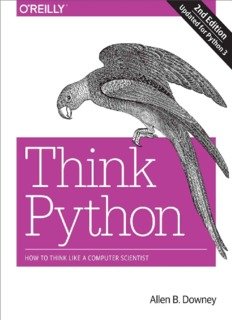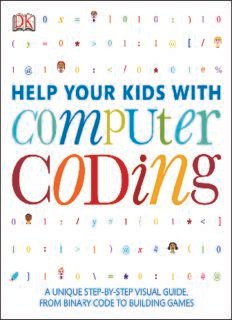Description
«How to Write a Better Thesis» by Paul Gruba and David G. Evans is a comprehensive guide designed to assist students in crafting high-quality academic theses. Geared towards graduate students and researchers across various disciplines, this book offers practical advice and expert insights to help streamline the thesis writing process.
Груба ва Эванс тадқиқот саволини шакллантиришдан тортиб адабиётларни кўриб чиқиш ва маълумотларни тўплашгача бўлган муваффақиятли тезиснинг асосий таркибий қисмларини тасвирлашдан бошлайдилар. Улар ғояларни тартибга солиш, аргументларни аниқлаштириш ва топилмаларни самарали тақдим этиш учун стратегияларни тақдим этувчи аниқ мулоқот ва тузилган аргументация муҳимлигини таъкидлайдилар.
Китоб давомида Груба ва Эванс тезис муаллифлари дуч келадиган умумий муаммоларни ҳал қиладилар, масалан, ёзувчи блоки, вақтни бошқариш ва мотивацияни сақлаб қолиш. Улар ушбу тўсиқларни энгиб ўтиш ва эътиборни ўз зиммасига олган вазифага қаратиш бўйича амалий маслаҳатлар беради.
Китобнинг кучли томонларидан бири тезис ёзиш жараёнининг итератив хусусиятига урғу беришдир. Груба ва Эванс ўқувчиларни ёзишни ҳар бир босқичда қайта кўриб чиқиш ва такомиллаштириш имкониятлари билан динамик ва доимий ҳаракат сифатида қарашга ундайди.
Filled with practical examples, templates, and exercises, «How to Write a Better Thesis» serves as a valuable resource for students embarking on the thesis writing journey. By following the guidance provided in this book, readers can develop the skills and confidence needed to produce a well-crafted thesis that meets the highest academic standards.








Reviews
There are no reviews yet.